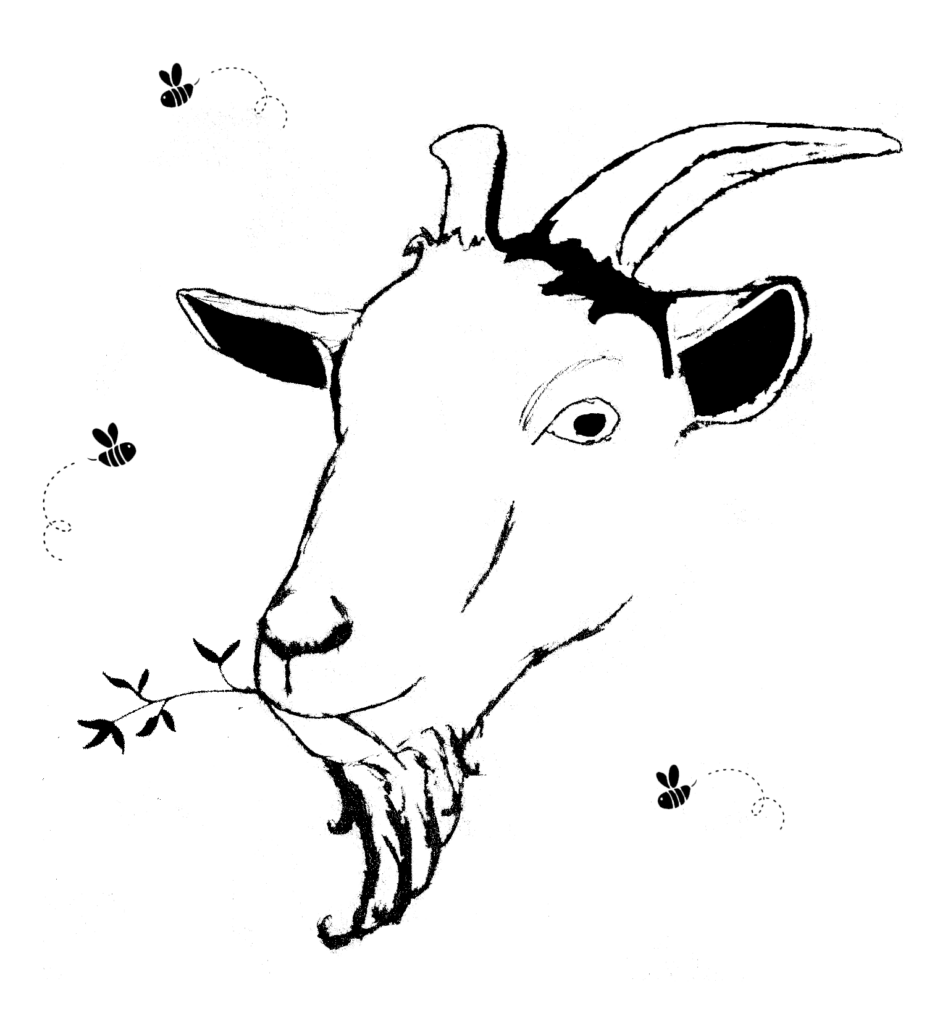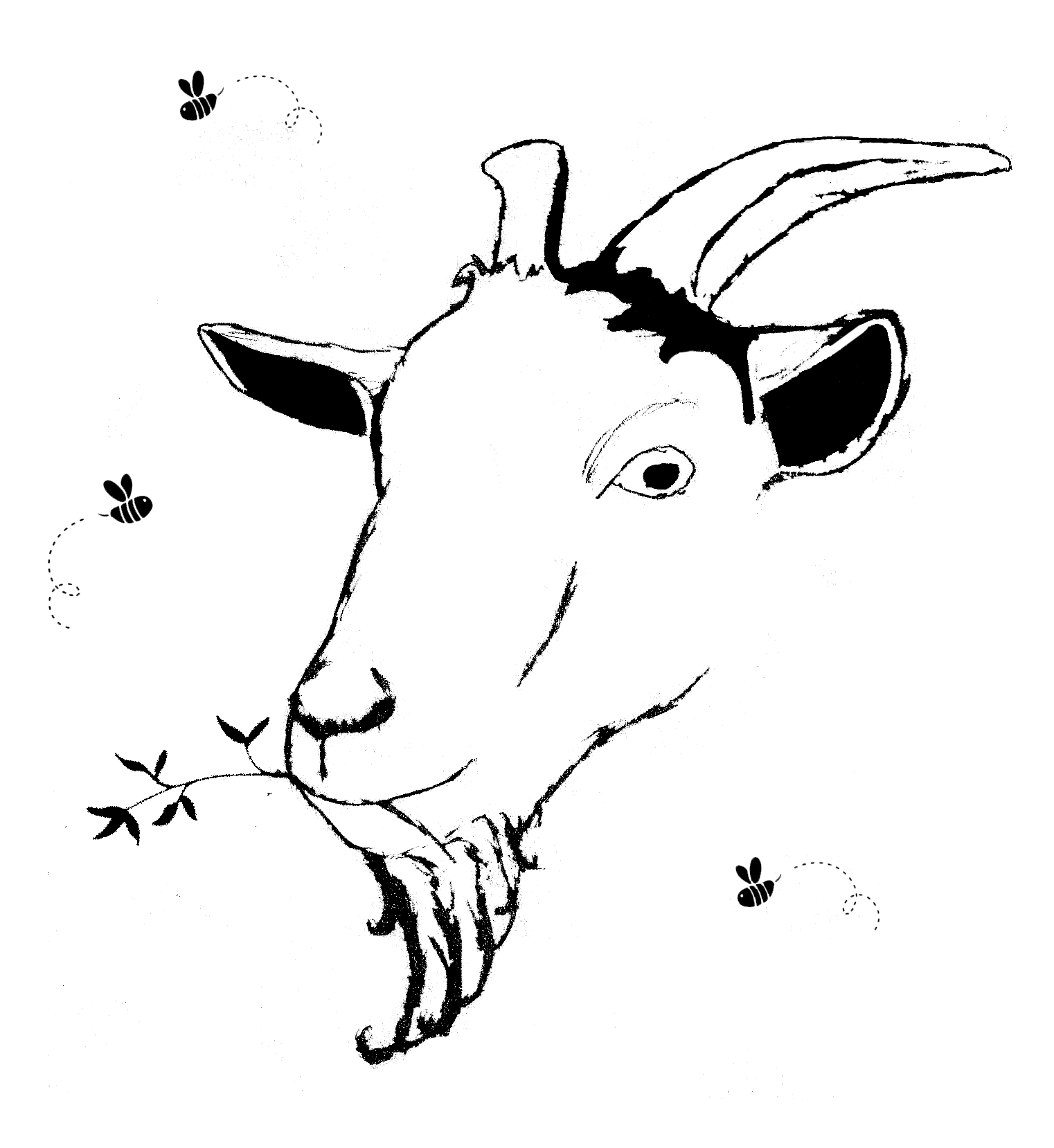Botanical Information
- Family: Cactaceae
- Common Names: Prickly Pear, Nopal, Indian Fig Opuntia
- Parts Used: Pads (Cladodes), fruit, seeds, flowers
Description
Opuntia ficus-indica, commonly known as prickly pear, is a cactus species native to Mexico and widely cultivated in arid and semi-arid regions. Valued for its nutritional and medicinal properties, prickly pear has been used traditionally to regulate blood sugar, support digestion, and promote skin health.
Historical and Traditional Uses
- Used in traditional Mexican and Native American medicine to regulate blood sugar and aid digestion.
- Employed for wound healing, skin hydration, and burns.
- Traditionally used to support liver health and as a diuretic.
- Consumed as a dietary staple for its rich fiber and vitamin content.
Constituents
- Betalains (antioxidants)
- Flavonoids
- Mucilage
- Fiber (pectin)
- Vitamins (C, E, K, B-complex)
- Minerals (magnesium, calcium, potassium)
Actions
- Hypoglycemic
- Antioxidant
- Anti-inflammatory
- Demulcent
- Hepatoprotective
- Diuretic
- Digestive tonic
Medicinal Uses
1. Blood Sugar Regulation:
Prickly pear has been traditionally used to help lower blood sugar levels and improve insulin sensitivity.
2. Digestive Health:
High fiber and mucilage content aid digestion, soothe the gut lining, and relieve constipation.
3. Skin and Wound Healing:
Applied topically to burns, cuts, and irritated skin to promote healing and hydration.
4. Liver and Detox Support:
Traditionally used to support liver function and aid in detoxification.
5. Cardiovascular Health:
Contains antioxidants and fiber that help reduce cholesterol levels and support heart health.
Preparation and Dosage
Juice (Internal Use):
- 100-200 ml of fresh juice taken daily for metabolic and digestive support.
Infusion (Tea from Flowers):
- 1-2 tsp of dried flowers per cup of hot water. Steep for 10 minutes. Drink up to twice daily.
Powdered Pads (Internal Use):
- 1-3 grams daily mixed into food or beverages.
Poultice (Topical Use):
- Fresh pad gel applied to wounds, burns, and irritated skin.
Precautions and Contraindications
- Blood Sugar Medications: May enhance the effects of diabetic medications; monitor blood sugar levels.
- Pregnancy and Lactation: Considered safe in moderate dietary amounts; medicinal use should be consulted with a healthcare provider.
- Gastrointestinal Sensitivity: Excess consumption may cause bloating or diarrhea.
Energetics (Traditional Medicine Perspectives)
- Traditional Mexican Medicine: Cooling and moistening; supports digestion, liver, and skin health.
- Ayurveda: Primarily balances Pitta and Kapha, but excessive use may aggravate Vata.
- Traditional Chinese Medicine (TCM): Used to clear heat, reduce inflammation, and promote fluid balance.
Combinations
- For Blood Sugar Regulation: Combine with cinnamon and fenugreek.
- For Digestive Support: Combine with aloe vera and slippery elm.
- For Skin Healing: Combine with calendula and chamomile.
Harvesting and Storage
- Harvesting: Pads and fruit are collected when mature and free from spines.
- Drying: Pads and flowers should be air-dried in a shaded, well-ventilated area.
- Storage: Store dried plant material in airtight containers away from moisture and light.
Modern Research
Studies confirm Opuntia ficus-indica’s hypoglycemic, antioxidant, and hepatoprotective properties, reinforcing its traditional applications.
Prickly Pear remains a valuable plant in both traditional and modern herbal medicine, particularly for blood sugar regulation, digestive health, and skin care.

